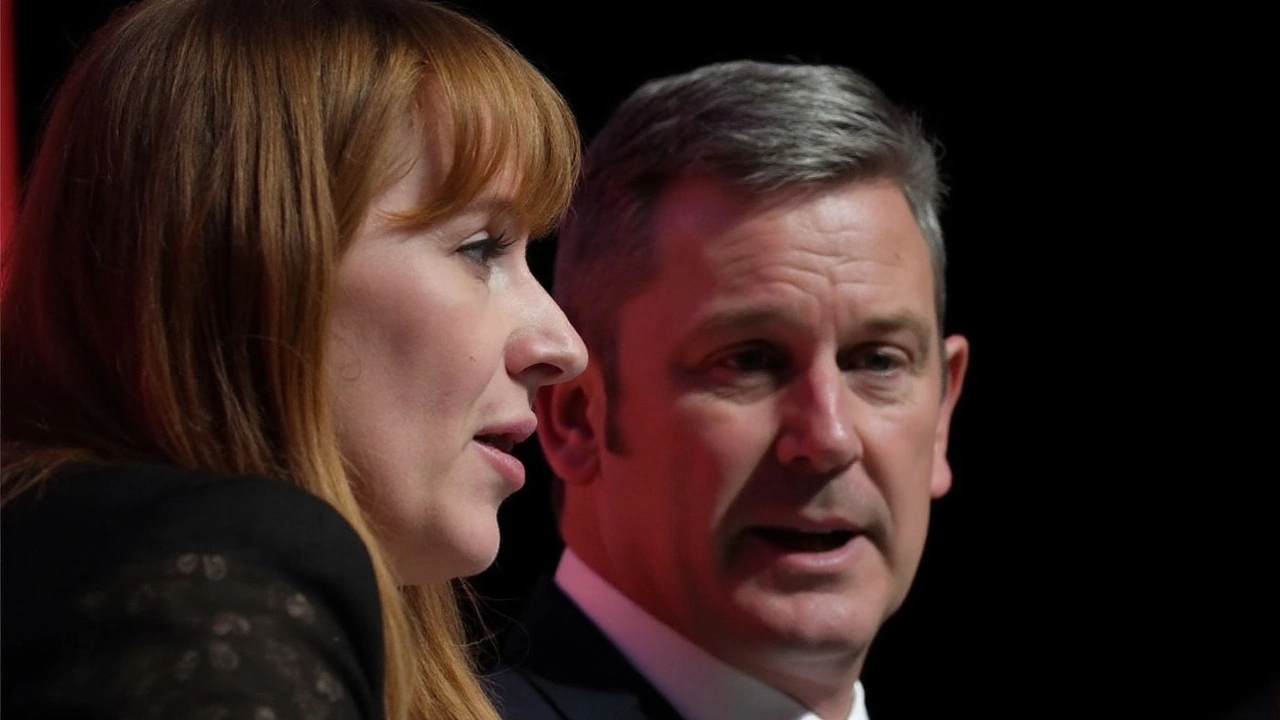Cabinet Reshuffle: What It Means and Why It Matters
Ever wondered why a prime minister suddenly announces new faces in the cabinet? That’s a cabinet reshuffle – a quick way for leaders to change ministers, tweak policies, or respond to a crisis. It’s not just political drama; it can shift the direction of a whole country.
In plain terms, a reshuffle is swapping out the people who run key parts of government: health, finance, defence, you name it. Sometimes a whole department gets a new boss, other times a few junior ministers get promoted. The reasons are as varied as the politicians involved.
Why Leaders Pull Off a Reshuffle
First off, performance. If a minister is seen as failing – maybe a health crisis or a budget slip – the leader may replace them to restore confidence. Second, politics. After an election or a scandal, fresh faces can signal a new start and soothe public anger. Third, strategy. Leaders often reshuffle to reward loyal supporters, balance party factions, or prepare for upcoming elections.
External pressures also play a role. International events, economic shocks, or sudden public protests can force a leader to show they’re taking action. By moving someone out of a spotlighted role and putting a trusted ally in, the government can steer the narrative.
How a Reshuffle Impacts Everyday Life
Even if you don’t follow politics daily, a reshuffle can affect you. New ministers bring new priorities. A fresh education secretary might push for different curricula, while a new transport minister could reprioritise rail projects. That means funding shifts, policy changes, and sometimes new regulations that touch jobs, taxes, or services.
Businesses also watch reshuffles closely. A change in the finance minister can hint at tax reforms or fiscal policy tweaks. Investors read the announcements for clues about future market stability. In short, the ripple effect reaches from Parliament chambers to the local shop.
One common misconception is that every reshuffle signals a crisis. Not true. Some leaders use reshuffles as routine housekeeping – rotating ministers to give them broader experience. Others time it to coincide with a political milestone, like a party conference, to maximise media coverage.
If you’re trying to gauge the significance of a specific reshuffle, look at three things: the size of the change, the profile of the moved ministers, and the timing. A wholesale swap of half the cabinet just before an election is a major signal. Moving a junior minister to a new department is usually a minor adjustment.
Finally, remember that reshuffles are not permanent fixes. They buy time for leaders to address underlying issues, but the core problems often remain. The new ministers need to deliver results, or they may be on the chopping block at the next reshuffle.
So next time you hear “cabinet reshuffle” on the news, you’ll know it’s more than a headline. It’s a strategic move that can reshape policies, influence the economy, and alter the political landscape – all in a single announcement.
